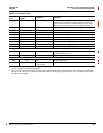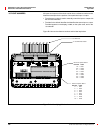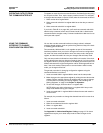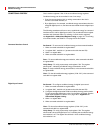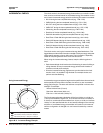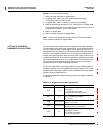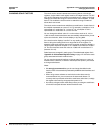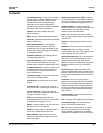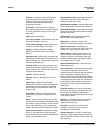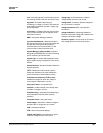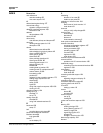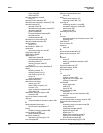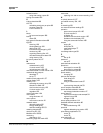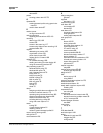
63230-300-212 Glossary
April 2001
193
© 2001 Schneider Electric All Rights Reserved
GLOSSARY
accumulated energy—energy can accumulates
in either signed or unsigned (absolute) mode. In
signed mode, the direction of power flow is
considered and the accumulated energy
magnitude may increase and decrease. In
absolute mode, energy accumulates as a positive
regardless of the power flow direction.
address—see
device address
. See also
Ethernet address
.
ANSI—American National Standards Institute.
baud rate—specifies how fast data is transmitted
across a network port.
block interval demand— power demand
calculation method for a block of time and
includes three ways to apply calculating to that
block of time using the sliding block, fixed block,
or rolling block method.
coincident readings—two readings that are
recorded at the same time.
command interface—used to issue commands
such as reset commands and to manually
operate relays contained in registers 8000–8149.
communications link—a chain of devices such
as circuit monitors and power meters that are
connected by a communications cable to a
communications port.
conditional energy—energy accumulates only
when a certain condition occurs.
control power—provides power to the circuit
monitor.
crest factor (CF)—crest factor of voltage or
current is the ratio of peak values to rms values.
current unbalance—percentage difference
between each phase voltage with respect to the
average of all phase currents.
CVM—current/voltage module that is an
interchangeable part of the circuit monitor where
all metering data acquisition occurs.
default—a value loaded into the circuit monitor at
the factory that you can configure.
demand—average value of a quantity, such as
power, over a specified interval of time.
device address—defines where the circuit
monitor (or other devices) reside in the power
monitoring system.
displacement power factor (dPF)—cosine of
the angle between the fundamental components
of current and voltage, which represents the time
lag between fundamental voltage and current.
Ethernet address—a unique number that
identifies the device in the Ethernet network and
is always written as combination of eleven
numbers such as 199.186.195.23.
event—the occurrence of an alarm condition,
such as
Undervoltage Phase A
, configured in the
circuit monitor.
firmware—operating system within the circuit
monitor
frequency—number of cycles in one second.
fundamental—value of voltage or current
corresponding to the portion of the signal at the
power frequency (50, 60, or 400 Hz).
generic demand profile—up to 10 quantities on
which any of the demand calculations can be
performed (thermal demand, block interval
demand, or synchronized demand). Two generic
demand profiles can be set up in the circuit
monitor.
harmonic power—difference between total
power and fundamental power. A negative value
indicates harmonic power flow out of the load. A
positive value indicates harmonic power flow into
the load.
harmonics—the circuit monitor stores in
registers the magnitude and angle of individual
harmonics up to the 63rd harmonic. Distorted
voltages and currents can be represented by a
series of sinusoidal signals whose frequencies
are multipliers of some fundamental frequency,
such as 60 Hz.
holding register—register that holds the next
valuetobetransmitted.
IEC—International Electrotechnical Commission
incremental energy—accumulates energy
during a user-defined timed interval.
IOX—input/output extender that is an optional
part of the circuit monitor where up to eight
analog or digital I/O modules can be added to
expand the I/O capabilities of the circuit monitor.



